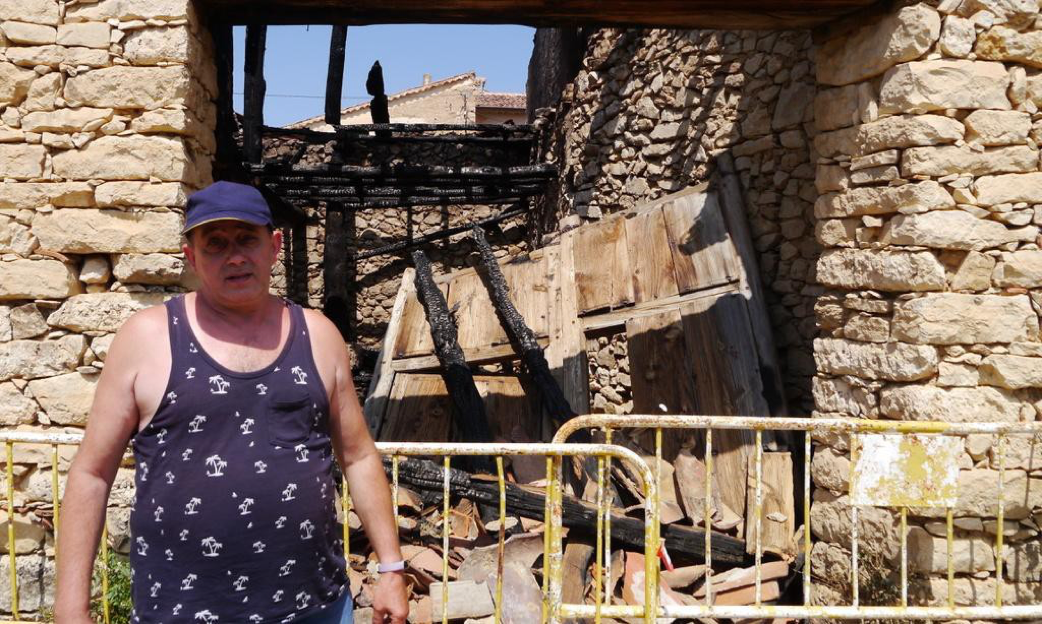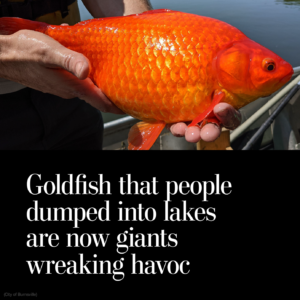Dozens of wildfires have devoured tens of thousands of hectares of land across the country over the past week
The flames that blackened the earth, scorched the tree trunks, sooted the dry stone walls, devoured the old Citroën Dyane and left a lingering tang of smoke on the summer breeze spared the bowl of cherries that sits, untouched, on the kitchen table of a burned-out house.
Their survival is not the only miracle witnessed recently in Torre Val de San Pedro. Last Friday, this small village in the north-western Spanish region of Castilla y León was surrounded by blazes as one of the dozens of wildfires that have devoured tens of thousands of hectares of land over the past week tore over the hills from neighbouring Navafría.
“My uncle was working on a wall on his farm when he saw smoke,” said Alberto Orejana, whose family lives in the village and owns land on its outskirts.
“After he raised the alarm, we saw the fire coming over the hill towards the village. At 11.25am, me, my brother and my son went up there with axes to see what we could do to stop the fire.”
The trio hacked away, doing what they could as they waited for the firefighters. But then the wind changed and the flames rushed closer to the village until they had encircled it. The inhabitants of Torre Val de San Pedro were evacuated at 1pm.
When they were allowed back 12 hours later, they were astonished to find most of the village untouched, bar the cherry house and some outbuildings.
“There was no light and the phone lines had been burned,” said Alberto’s wife, Yolanda. “Everything stank of smoke and there were burning ashes floating through the air.”
But, all in all, the couple agreed, the village’s escape was little short of “milagroso” (miraculous).
Such luck eluded many other parts of the country, which has lost almost 200,000 hectares of land to wildfires so far this year – 80,000 of them during last week’s heatwave and the one that preceded it in June.
The blazes that raged in Zamora province, north-west of Torre Val de San Pedro, killed Daniel Gullón Vara, a 62-year-old firefighter, and Victoriano Antón Ratón, a 69-year-old farmer.
Spain’s prime minister, Pedro Sánchez, was unequivocal about the consequences of the climate emergency during a visit to the south-western region of Extremadura on Monday.
“I want to make something very clear,” he said. “Climate change kills: it kills people, as we’ve seen; it also kills our ecosystem, our biodiversity, and it also destroys the things we as a society hold dear – our houses, our businesses, our livestock.”
The mortal effects of the heat, however, were also felt in cities. Last Friday, José Antonio González, a 60-year-old street sweeper, died of heatstroke after collapsing during his shift in Madrid. One of the last things he’d looked up on his computer, his son told El País, was what to do if you get heatstroke.
According to Spain’s Carlos III public health institute, 510 deaths were attributable to the heat between Sunday 10 July and Saturday 16 July – 150 of whom died last Saturday.
Perhaps the starkest and most disturbing images of the current climate reality came in the video shot on Monday near the small Castilla y León town of Tábara. The footage showed a man called Ángel Martín Arjona and the excavator he was driving disappear behind curtains of black smoke and orange flames. Arjona managed to stumble free of the inferno, fire licking at his ragged clothes, but was taken to hospital with burns to 80% of his body.
Nuria Blázquez, a spokesperson for Ecologists in Action, said the scenes witnessed across Spain and other parts of Europe over recent days were merely the latest chapters of an old prophecy.
“The first thing we need to do is accept that the future is going to be really tough when it comes to high temperatures – as the science and the Intergovernmental Panel on Climate Change have been telling us for a long time now,” she said. “We knew there were going to be more intense heatwaves and more forest fires in the Mediterranean, but maybe they’ve arrived sooner than we were expecting.”
Blázquez said the wildfires had underscored the need to slash greenhouse gas emissions – and for Spain to build a bigger, better resourced firefighting force.
She also said that better preventive measures such as firebreaks, increased plant and tree diversity to slow blazes, and improved forest management would be key to tackling the fires.
Her pleas for better land management were echoed by España Vaciada political platform, which is seeking to reverse rural depopulation in “hollowed-out Spain”.
In a statement, the group said decades of neglect and decline had left rural areas bereft of those who once worked and grazed the land and helped head off fires.
“Prevention is better than cure,” said the group. “One sheep in winter puts out more fires than one helicopter in summer. Now, more than ever, we need models of mountain management that restore the balance between farming and forestry.”
Alberto Orejana remembers wildfires from his youth. But, he said, “they were never anything like as big” as the one that could have swallowed Torre Val de San Pedro.
Although he said he felt more anxious than scared as he, his brother and his son tried to stop the fire in its tracks, the thought of what could have happened has not left him: “I did cry the next day when I saw the house of a woman who’d lost everything in the fire.”
Blázquez is pessimistic about the days, weeks, months and years to come.
“This was a warning,” she said. “There’s a lot of the summer left and things could still get much worse. The ground and the vegetation are getting drier with each passing week and the temperatures are going up again.”
It was high time, she added, that people reevaluated the climate crisis.
“Where I live in Castilla y León, there was a fire 15 years ago that burned through 4,000 hectares, and people talked about how huge that was,” she said. “Now it seems quite small. It’s like in London: people used to think 30C was very hot and now it’s hit 40C. People need to change their perceptions.”




